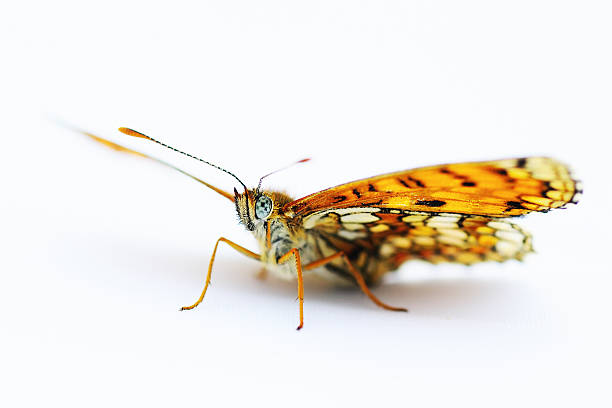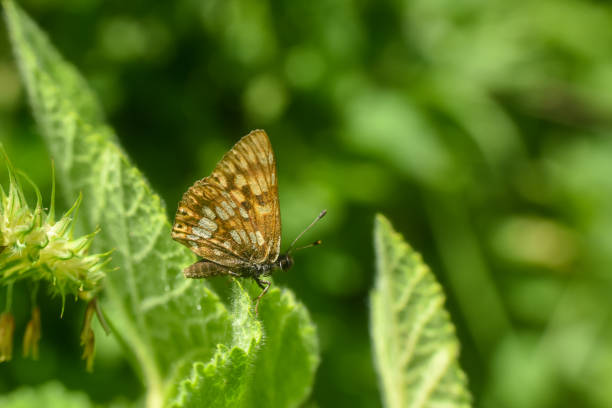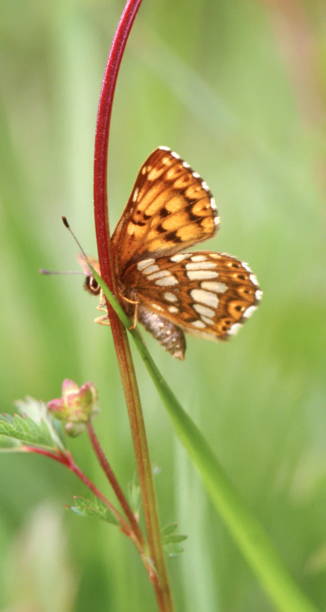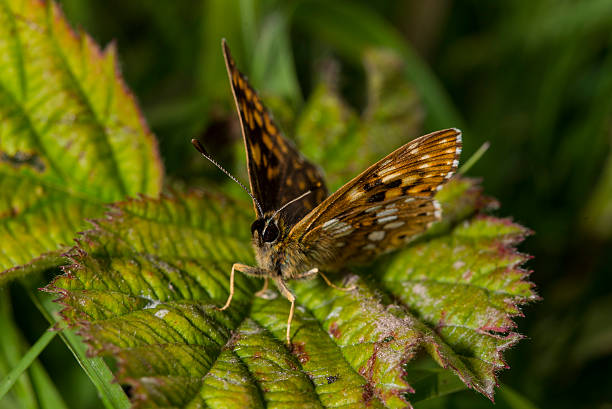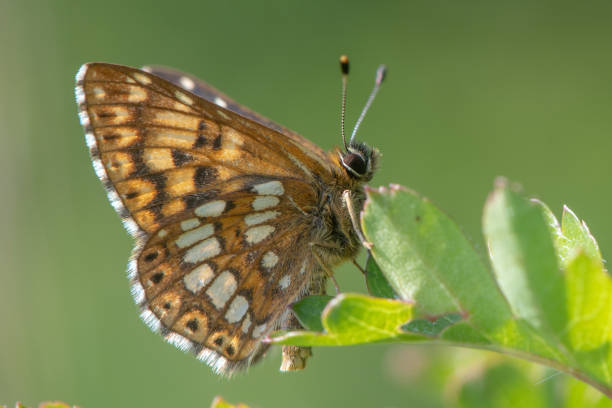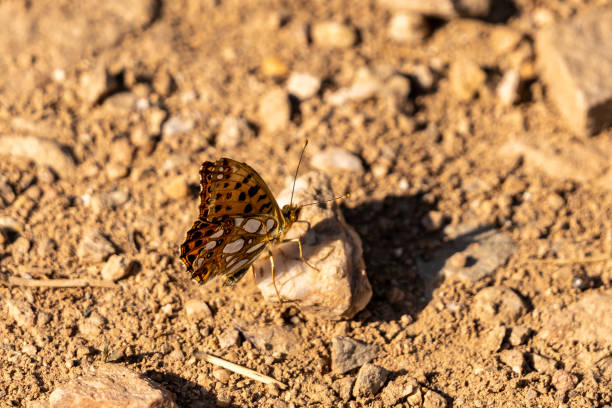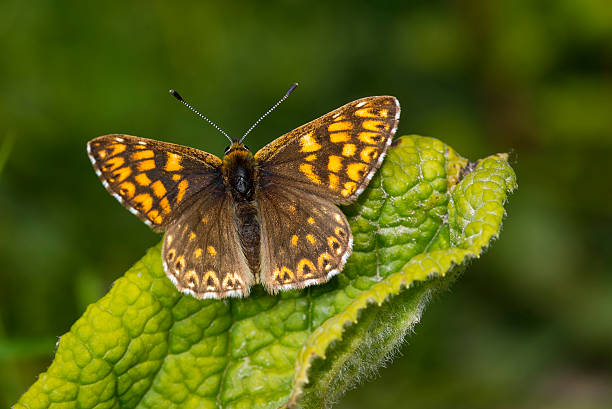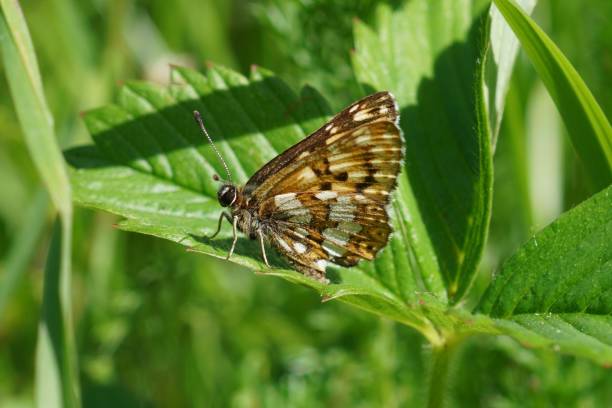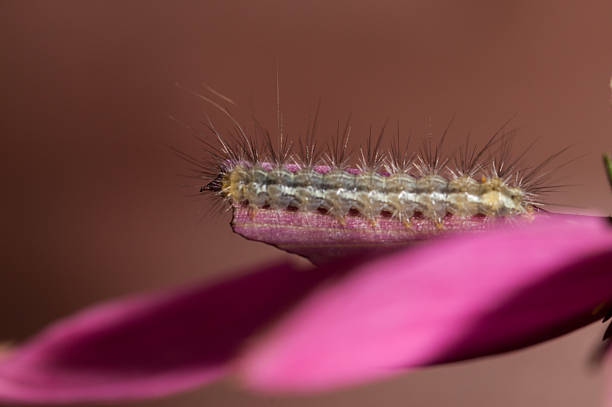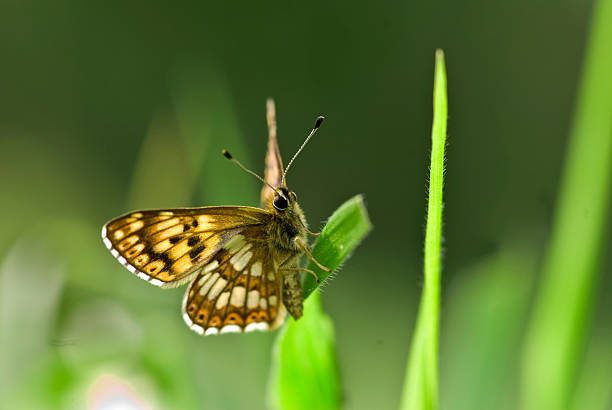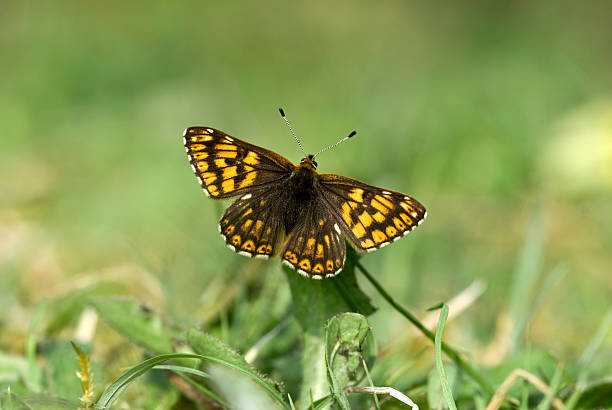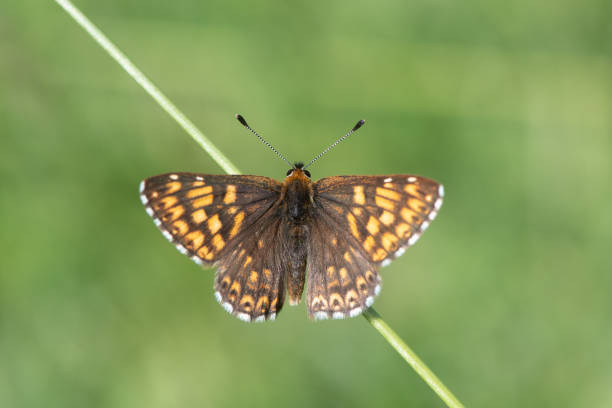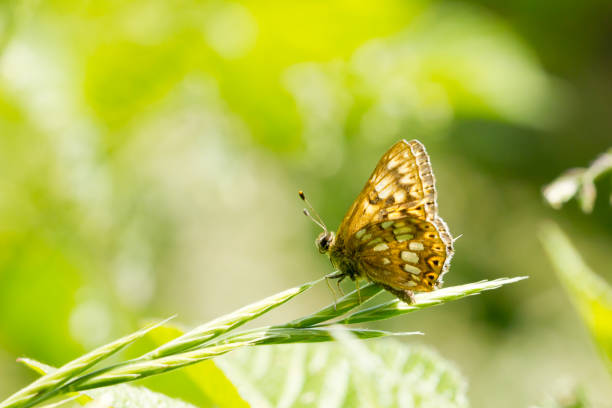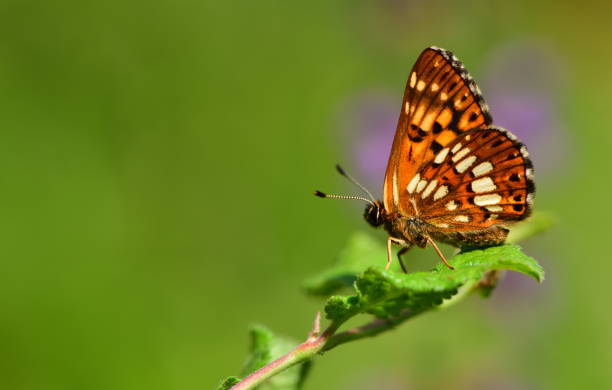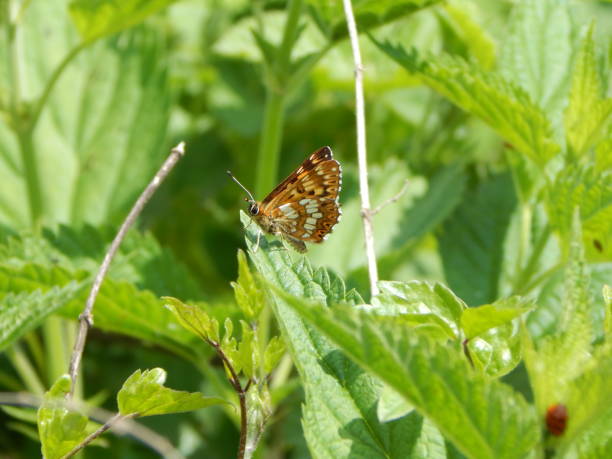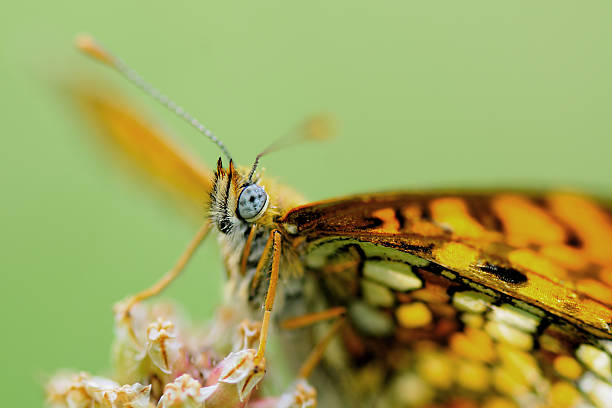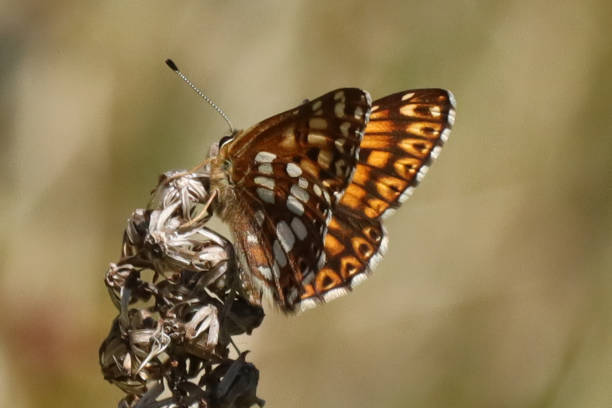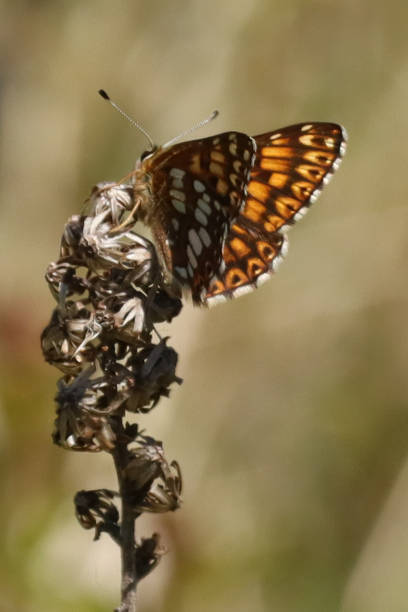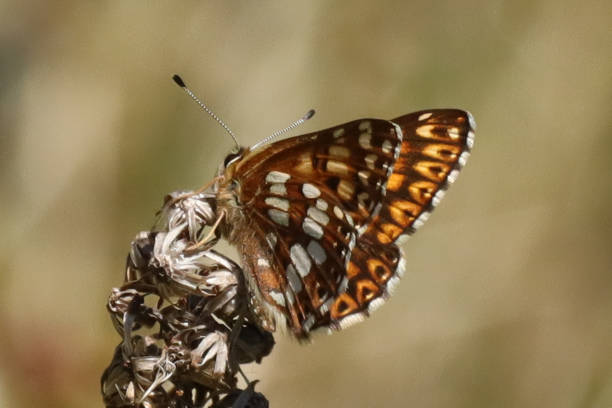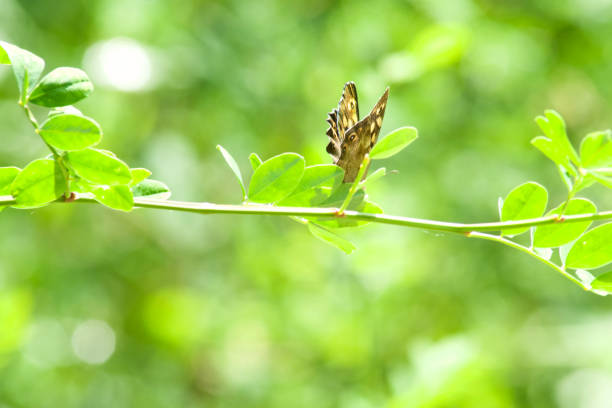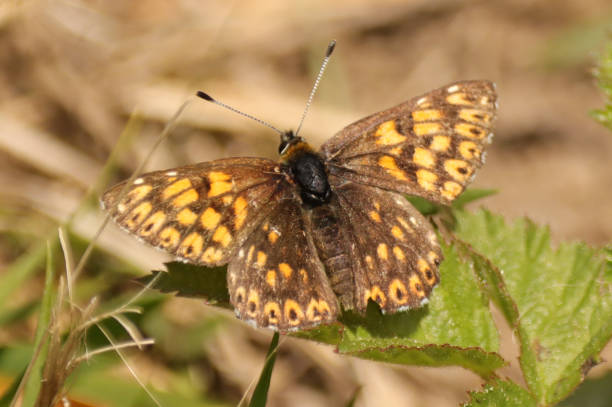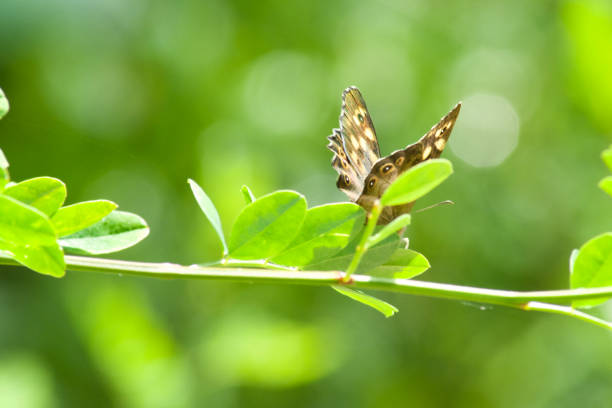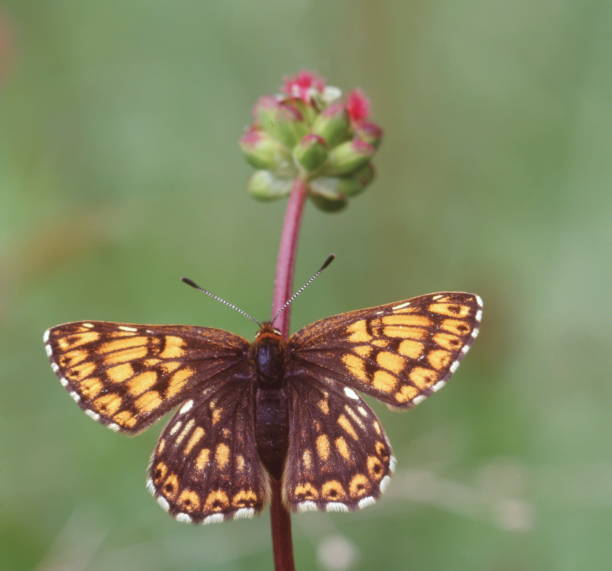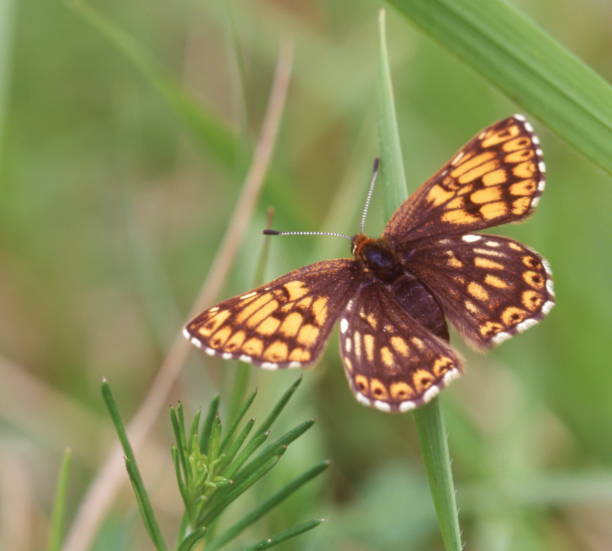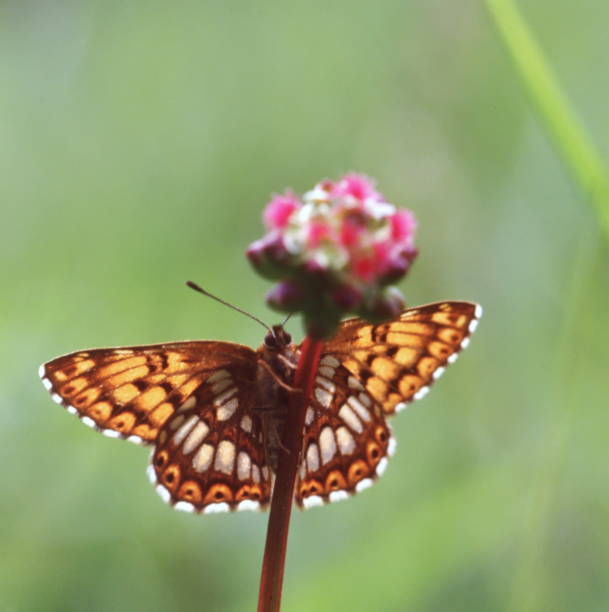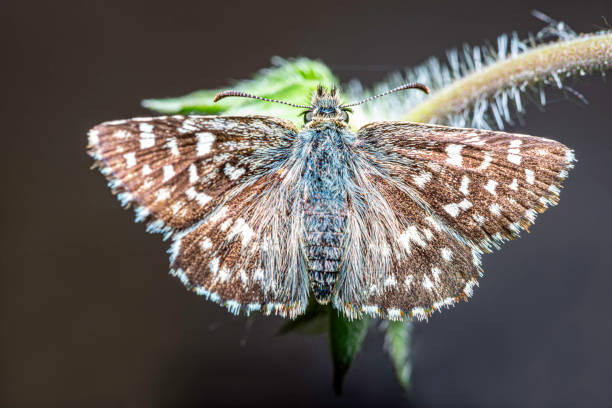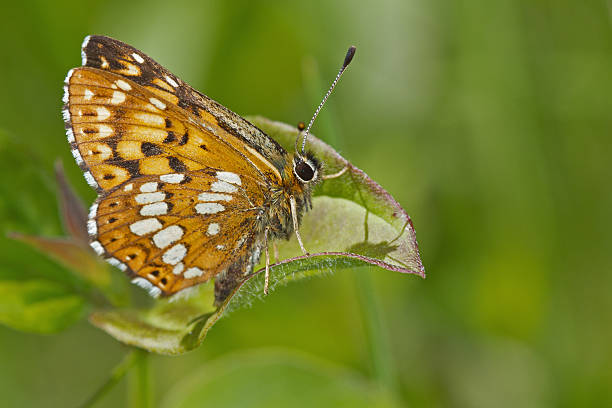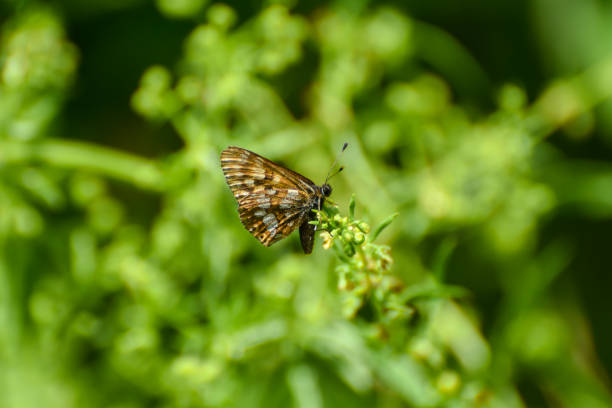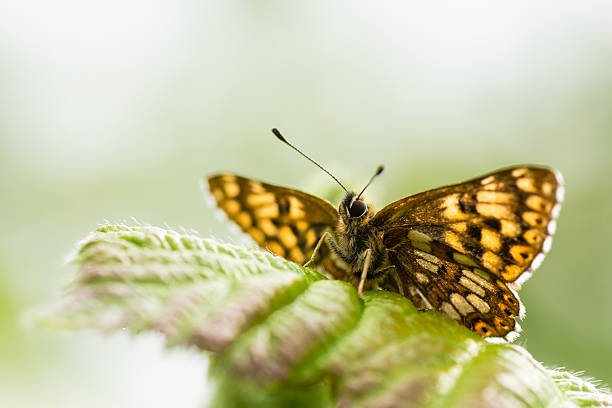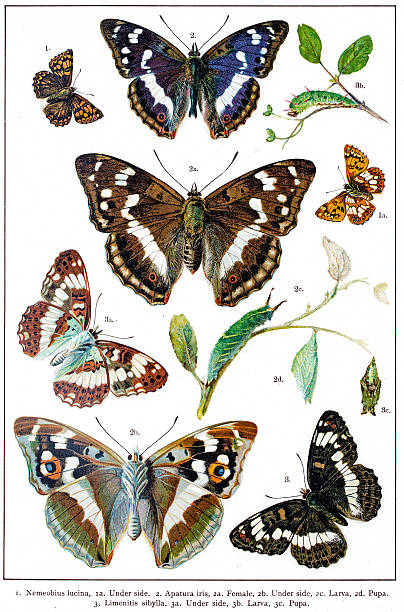
Butterfly Hamearis Lucina Pictures, Images and Stock Photos
Browse 30+ butterfly hamearis lucina stock photos and images available, or start a new search to explore more stock photos and images.

Photo of an original antique lithograph from the "British and European butterflies and moths (Macrolepidoptera). By A. W. Kappel and W. Kirby published in 1895.
Orange butterfly
Beautiful butterfly
Hamearis lucina, the Duke of Burgundy, the only member of the genus Hamearis, is a European butterfly in the family Riodinidae. For many years, it was known as the "Duke of Burgundy fritillary", because the adult's chequered pattern is strongly reminiscent of "true" fritillaries of the family Nymphalidae. Description: The male has a wingspan of 29–31 millimetres, and the female 31–34 mm . The upperside of the wings are marked in a chequered pattern strongly reminiscent of a fritillary butterfly (family Nymphalidae); however, the Duke of Burgundy may be separated by its wing shape. Hamearis lucina also has a distinctive underwing pattern. Habitat: Colonies prefer areas where the food plants (Primulas species) grow among tussocky vegetation, such as open spaces in Woods. The species prefers north- or west-facing slopes in downland habitats. Flying season: Begin of May till the end of June. Distribution: The species' range is restricted to the Western Palaearctic, from Spain, the UK and Sweden to the Balkans. It is the sole representative of its (sub)family in Europe (source Wikipedia). This Picture is made during a short Vacation in the South of Belgium in the end of May 1999. The Picture are retrieved from Slides.
Underside of male insect in the family Riodinidae, perched on leaf
Duke of Burgundy Fritillary ( Hamearis lucina ) At rest on stony ground, germany, rhine valley
Natural close-up on the colorful , rare and endangered Duke of Burgundy butterfly, Hamearis lucina
Caterpilllar on a pink flower
Duke of Burgundy, hamearis lucina, wings open
Duke of Burgundy, hamearis lucina, wings open
Upperwings of male insect in the family Riodinidae, perched on grass and basking in sun
A selective focus shot of duke of burgundy (hamearis lucina)
butterfly on the flower in spring
Duke of Burgundy (Hamearis lucina) butterfly on the leaf
Orange butterfly
Hamearis lucina on unidentified flower.
Hamearis lucina on unidentified flower.
Hamearis lucina on unidentified flower.
Hamearis lucina on unidentified flower.
Hamearis lucina, the Duke of Burgundy, the only member of the genus Hamearis, is a European butterfly in the family Riodinidae. For many years, it was known as the "Duke of Burgundy fritillary", because the adult's chequered pattern is strongly reminiscent of "true" fritillaries of the family Nymphalidae. Description: The male has a wingspan of 29–31 millimetres, and the female 31–34 mm . The upperside of the wings are marked in a chequered pattern strongly reminiscent of a fritillary butterfly (family Nymphalidae); however, the Duke of Burgundy may be separated by its wing shape. Hamearis lucina also has a distinctive underwing pattern. Habitat: Colonies prefer areas where the food plants (Primulas species) grow among tussocky vegetation, such as open spaces in Woods. The species prefers north- or west-facing slopes in downland habitats. Flying season: Begin of May till the end of June. Distribution: The species' range is restricted to the Western Palaearctic, from Spain, the UK and Sweden to the Balkans. It is the sole representative of its (sub)family in Europe (source Wikipedia). This Picture is made during a short Vacation in the South of Belgium in the end of May 1999. The Picture are retrieved from Slides.
Hamearis lucina, the Duke of Burgundy, the only member of the genus Hamearis, is a European butterfly in the family Riodinidae. For many years, it was known as the "Duke of Burgundy fritillary", because the adult's chequered pattern is strongly reminiscent of "true" fritillaries of the family Nymphalidae. Description: The male has a wingspan of 29–31 millimetres, and the female 31–34 mm . The upperside of the wings are marked in a chequered pattern strongly reminiscent of a fritillary butterfly (family Nymphalidae); however, the Duke of Burgundy may be separated by its wing shape. Hamearis lucina also has a distinctive underwing pattern. Habitat: Colonies prefer areas where the food plants (Primulas species) grow among tussocky vegetation, such as open spaces in Woods. The species prefers north- or west-facing slopes in downland habitats. Flying season: Begin of May till the end of June. Distribution: The species' range is restricted to the Western Palaearctic, from Spain, the UK and Sweden to the Balkans. It is the sole representative of its (sub)family in Europe (source Wikipedia). This Picture is made during a short Vacation in the South of Belgium in the end of May 1999. The Picture are retrieved from Slides.
Hamearis lucina, the Duke of Burgundy, the only member of the genus Hamearis, is a European butterfly in the family Riodinidae. For many years, it was known as the "Duke of Burgundy fritillary", because the adult's chequered pattern is strongly reminiscent of "true" fritillaries of the family Nymphalidae. Description: The male has a wingspan of 29–31 millimetres, and the female 31–34 mm . The upperside of the wings are marked in a chequered pattern strongly reminiscent of a fritillary butterfly (family Nymphalidae); however, the Duke of Burgundy may be separated by its wing shape. Hamearis lucina also has a distinctive underwing pattern. Habitat: Colonies prefer areas where the food plants (Primulas species) grow among tussocky vegetation, such as open spaces in Woods. The species prefers north- or west-facing slopes in downland habitats. Flying season: Begin of May till the end of June. Distribution: The species' range is restricted to the Western Palaearctic, from Spain, the UK and Sweden to the Balkans. It is the sole representative of its (sub)family in Europe (source Wikipedia). This Picture is made during a short Vacation in the South of Belgium in the end of May 1999. The Picture are retrieved from Slides.
a specimen of that rare butterfly sitting with wide open wings on a bloom
Duke of Burgundy resting on a leaf in edge of the forest. Vercors, France.
Beautiful butterfly
Male insect in the family Riodinidae seen from below, with underside of wings and reduced forelegs visible
